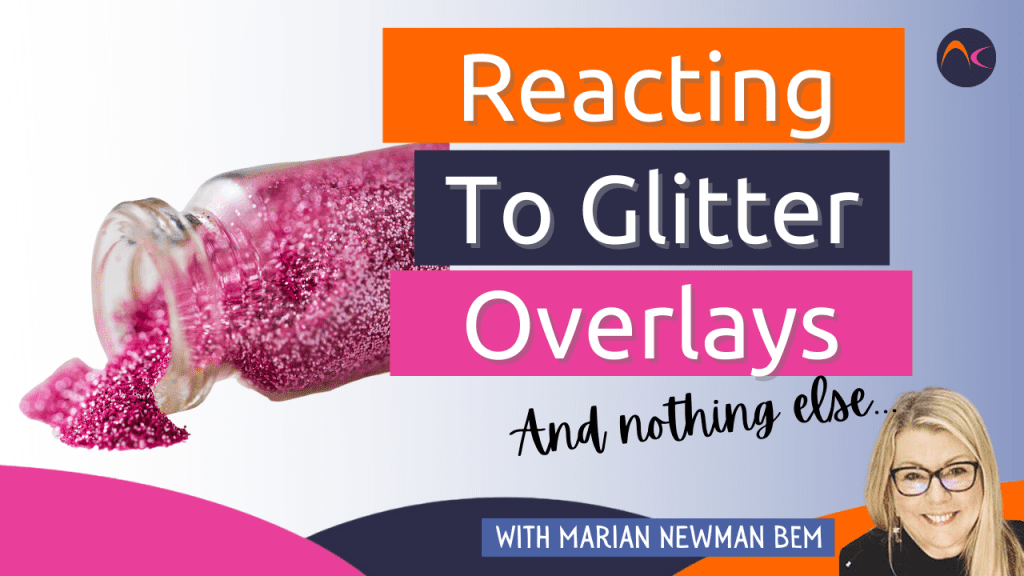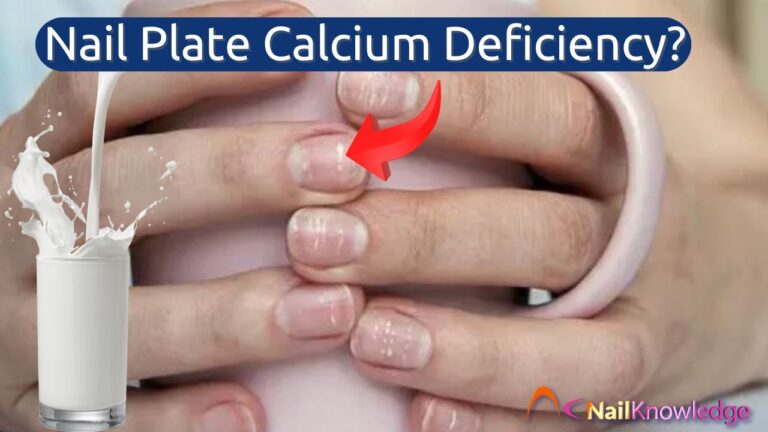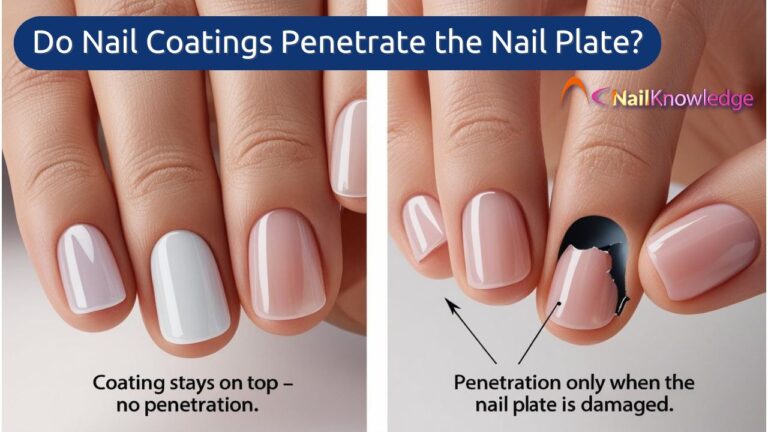Esto se está escribiendo a mediados de diciembre, así que hay mucha purpurina ¡alrededor! ¡Qué gracioso!
Parece que muchos profesionales de las uñas están reaccionando a un superponer cuando contiene purpurina, pero no cuando no la contiene.
¿A qué se debe? Bueno, pensemos en ello.....
Es muy poco probable que alguien reaccione a la purpurina en sí, ya que se trata de un sólido. Sin embargo, es posible que se produzcan reacciones a una purpurina no aprobada cosméticamente (es decir, una purpurina para manualidades).
Entonces, ¿qué ocurre? Lo que puede estar pasando es que el brillo inhibe un cura adecuada¡! (Por favor, vea el Las alergias y cómo se producen vídeo para entenderlo mejor)
Los trozos de purpurina pueden ser demasiados y/o demasiado grandes para permitir la superposición, ya sea una Gel UV o L&P, to properly cura (the video will explain the polímero enlace). Pueden estar bloqueando el enlace y dejando algo sin reaccionar monómeros que puede filtrarse.
Visualiza esto: observa cómo se forman los enlaces del polímero. Imagina un enorme (y es enorme en comparación con los monómeros) trozo de purpurina formularios un "muro" para impedir que se produzcan estos enlaces. Los monómeros sin reaccionar (o oligómeros) pueden quedar atrapados tras este muro.
UV correctamente formulado esmalte en gel con purpurina habrá solucionado este problema. Puede que las "instrucciones del fabricante" recomienden 1-2 capas muy finas para que no haya demasiada purpurina que impida un "curado adecuado". Si no es así, las marcas de buena calidad se habrán asegurado de que es poco probable que se produzca un "curado insuficiente".
Lo mismo se aplica a L&P polímero en polvo y sistemas de inmersión.
Un polímero en polvo con purpurina debe formularse correctamente para permitir un curado adecuado. ADEMÁS, hay instrucciones de los fabricantes sobre la proporción de polvo y monómero líquido y el grosor de las capas de una superposición. (Esta es otra razón para informarse sobre las marcas).
Los polvos de inmersión tienen un problema potencial similar. Los que utilizan un gel UV sistema de inmersiónsumergen un gel UV sin curar revestimiento into the powder. This sinks into the coating and is then cured. It COULD result in an undercured recubrimiento. Es menos probable que ocurra con un cianoacrilato sistema de inmersión, pero no imposible.
Véase también el BPO(peróxido de benzoilo) ¿Qué y por qué? blog en BPO alergias en polvos poliméricos que no estén formulados específicamente para sistemas de inmersión.
Hay algunas marcas que sugieren mezclar pigmentos y brillos con sus productos. Deben recomendar el porcentaje que permita un curado adecuado. Suele ser 30% o menos. Para los brillos más grandes, es probable que sea mucho menor por todas las razones descritas anteriormente.
Sin embargo, si reacciona con o sin purpurina, ¡tiene una alergia! La única forma de solucionarlo es retirar todos los productos y someterse a una prueba dermatológica para descubrir exactamente a qué ingredientes reacciona. Esto te permitirá encontrar una marca con la que puedas seguir trabajando. Tomar medicamentos o utilizar cremas sólo suprime los síntomas. NO detienen la causa, que le acompañará para siempre.
En conclusión, utilice marcas de buena calidad y de confianza. Se habrán sometido a pruebas exhaustivas para una cura adecuada y evitar así cualquier reacción no deseada.











